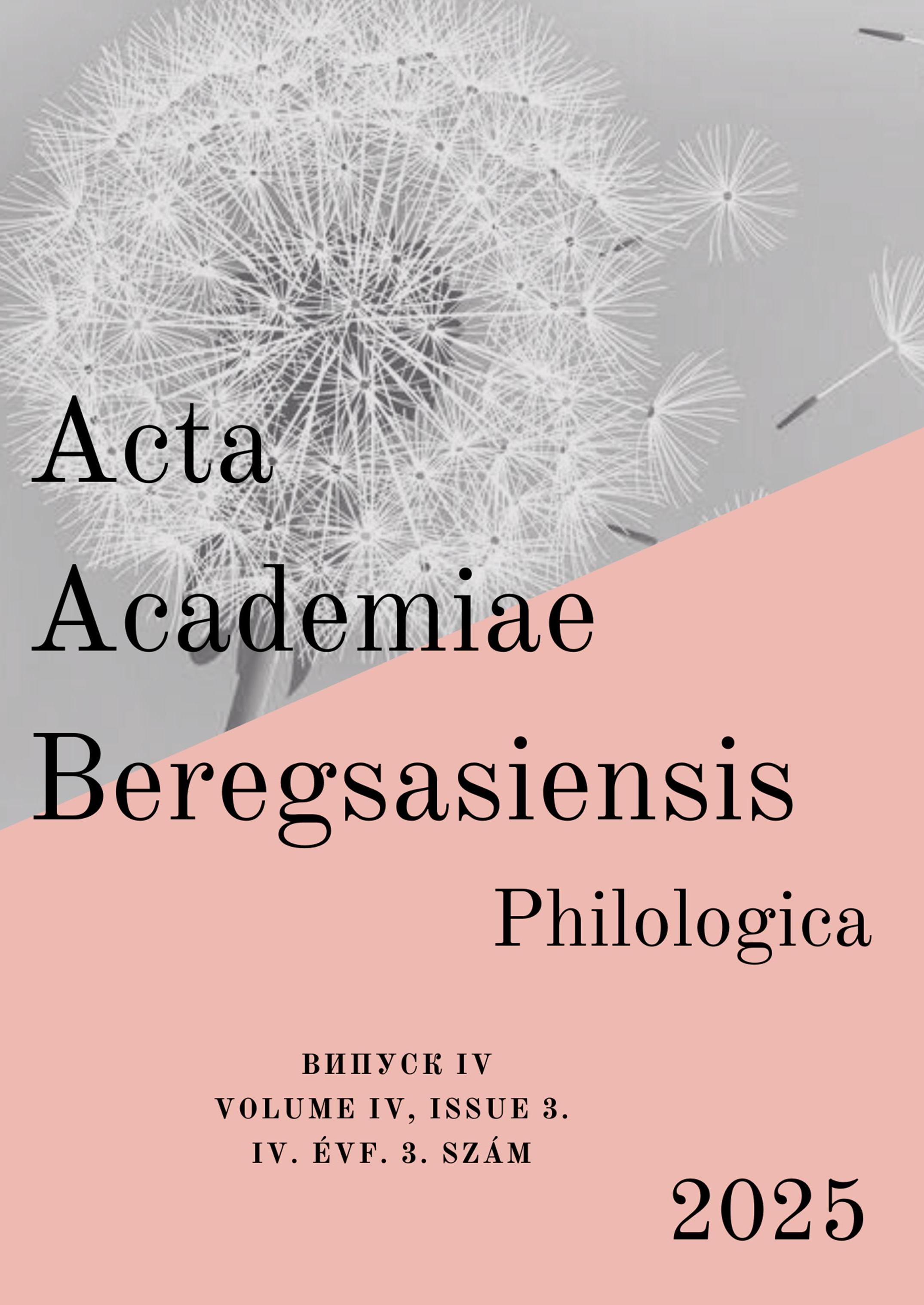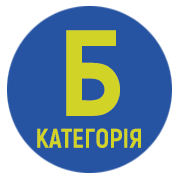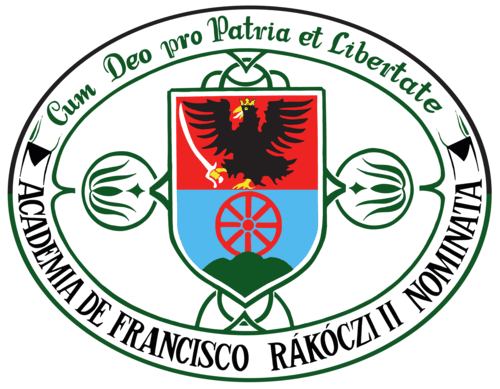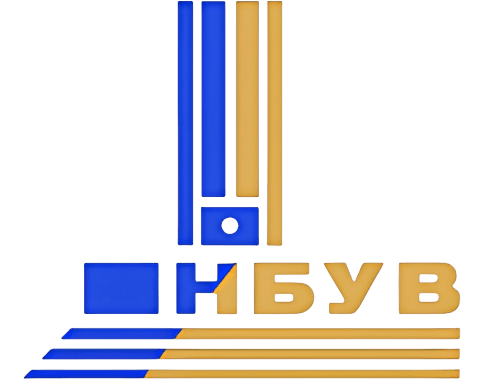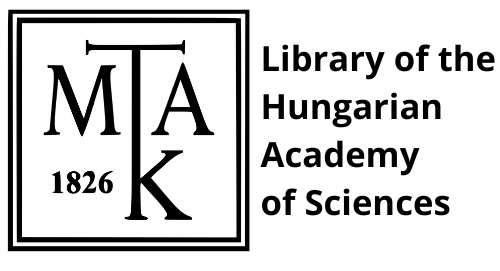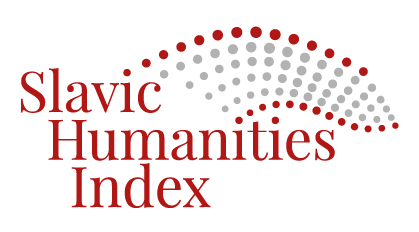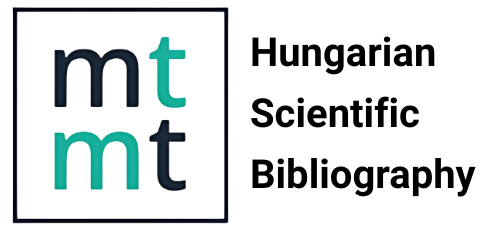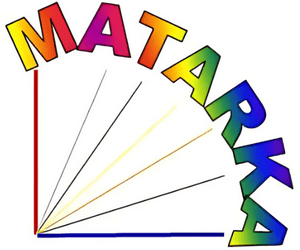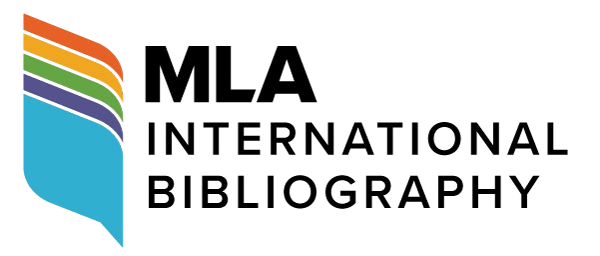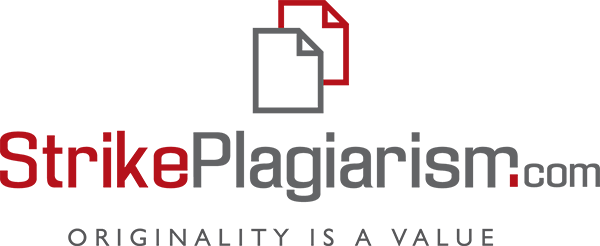The morphosyntactic integration of English words into Afaan Oromoo
DOI:
https://doi.org/10.58423/2786-6726/2025-3-9-33Keywords:
Afaan Oromoo, English insertions, Matrix Language Frame (MLF), morphosyntactic integration, bilingualismAbstract
The present study investigates the morphosyntactic integration of English lexical items into Afaan Oromoo within multilingual conversations recorded in Dambi Dollo, Oromia regional state, Western Ethiopia. Drawing from the field of contact linguistics, the study examines how English words and phrases are incorporated into Afaan Oromoo conversation while maintaining the grammatical structure and integrity of the matrix (or dominant) language. The analysis explores how English lexical items are inserted into Afaan Oromoo clauses while preserving the grammatical integrity of the matrix language. The analysis is grounded in the Matix Language Frame (MLF) model and the 4-M framework, which together provide a theoretical basis for explaining how bilingual speakers organise and integrate lexical insertion within mixed language utterances. The study examines the syntactic and morphological behaviour of English insertions in bilingual clauses extracted from two transcribed audio recordings of informal conversations among bilingual speakers of the Mecha dialect of Afaan Oromoo. The findings demonstrate that Afaan Oromoo consistently maintains (Subject)–Object–Verb ([S]OV) word order and supplies all system morphemes, such as agreement, case and aspect markers even when English content morphemes, such as nouns, verbs and adjectives, are present. English insertions are morphologically adapted through Oromo affixation processes, ensuring grammatical conformity within the MLF model. These results confirm that bilingual speakers integrate English lexical items in a structurally predictable manner, affirming Afaan Oromoo’s dominant grammatical role in bilingual utterances, reinforcing its grammatical dominance and structural resilience rather than producing random or unstructured linguistic blends. The study contributes to our understanding of morphosyntactic integration in Ethiopia’s multilingual linguistic landscape and provides empirical support for the applicability and explanatory power of the MLF in Africa, particularly the Ethiopian sociolinguistic context.
References
1. Adamu, A. Y. 2013. Diversity in Ethiopia: A historical overview of political challenges. The International Journal of Community Diversity 12/3: pp. 17–27. https://doi.org/10.18848/2327-0004/CGP/v12i03/39924
2. Ado, D. – Gelagay, A. W. – Johannessen, J. B. 2021. The languages of Ethiopia. In: Ado, D. – Gelagay, A. W. – Johannessen, eds. Grammatical and Sociolinguistic Aspects of Ethiopian Languages. John Benjamins Publishing Company. pp. 1–14.
3. Al-Bataineh, H. – Abdelhady, S. 2019. Cree–English intrasentential code-switching: Testing the morphosyntactic constraints of the Matrix Language Frame model. Open Linguistics 5/1: pp. 706–728. https://doi.org/10.1515/opli-2019-0039
4. Ali, M. – Zaborski, A. 1990. Handbook of the Oromo language. Wroclaw: Zakład Narodowy im. Ossolińskich – Wydawnictwo Polskiej Akademii Nauk.
5. Bachore, M. M. 2015. The status, roles and challenges of teaching English language in the Ethiopian context: The case of selected primary and secondary schools in Hawassa University technology village area. Revista Internacional de Sociología de La Educación 4/2: pp. 182–196. https://doi.org/10.17583/rise.2015.1515
6. Backus, A. M. 1998. Two in One: Bilingual Speech of Turkish Immigrants in the Netherlands. Tilburg: Tilburg University Press.
7. Banti, G. – Mazengia, S. 2023. Oromo. In: Meyer, R. – Wakjira, B. – Leyew, Z. eds. The Oxford Handbook of Ethiopian Languages. Oxford: Oxford University Press. pp. 257–293. https://doi.org/10.1093/oxfordhb/9780198728542.013.15
8. Bulcha, M. 1997. The politics of linguistic homogenization in Ethiopia and the conflict over the status of Afaan Oromoo. African Affairs 96/384: pp. 325–352. https://doi.org/10.1093/oxfordjournals.afraf.a007852
9. Butt, M. 2010. The light verb jungle: Still hacking away. In: Amberber, M. – Baker, B. – Harvey, M. eds. Complex Predicates: Cross-Linguistic Perspectives on Event Structure. Cambridge: Cambridge University Press. pp. 48–78. https://doi.org/10.1017/CBO9780511712234.004
10. Chali, K. K. – Parapatics, A. 2024. Language Policy and Practices in an Ethiopian University towards Multilingualism. Languages 9/6: p. 198. https://doi.org/10.3390/languages9060198
11. Coleman, H. 2011. Dreams and Realities: Developing Countries and the English Language. London: British Council.
12. CSA 2012. = Central Statistics Authority 2012. Population and Housing Census: Administrative Report. Addis Ababa.
13. Deuchar, M. 2006. Welsh–English code-switching and the Matrix Language Frame model. Lingua 116/11: pp. 1986–2011. https://doi.org/10.1016/j.lingua.2004.10.001
14. Deuchar, M. 2020. Code-switching in linguistics: A position paper. Languages 5/2: p. 22. https://doi.org/10.3390/languages5020022
15. Eshetie, A. 2010. Language policies and the role of English in Ethiopia. A presentation paper at the 23rd Annual Conference of IATEFL BESIG (19–21 Nov. 2010), Bielefeld, Germany.
16. Gerencheal, B. – Mishra, D. 2019. Foreign languages in Ethiopia: history and current status. International Journal of Research and Analytical Reviews 6/1: pp. 1431–1439.
17. Heugh, K. – Benson, C. – Bogale, B. – Yohannes, M. A. G. 2007. Study on the medium of instruction in primary schools in Ethiopia. https://everythingharar.com/wp-content/uploads/2017/02/4379_Heugh_Studyonmediumofinstruction.pdf (Accessed: 12.09.2025).
18. Jibril, A. 2024. The Quest for Afaan Oromoo’s Inclusion to the Federal Government Working Languages in Ethiopia: Causes and Benefits. Gadaa Journal 7/1: pp. 121–135.
19. Leyew, Z. 2012. The Ethiopian language policy: A historical and typological overview. Ethiopian Journal of Languages and Literature 12/2: pp. 1–59.
20. Meyer, R. – Wakjira, B. – Leyew, Z. 2023. The Oxford Handbook of Ethiopian Languages. Oxford: Oxford University Press.
21. Midega, M. 2014. Official Language Choice in Ethiopia: Means of Inclusion or Exclusion? Open Access Library Journal 1/7: pp. 1–13. https://doi.org/10.4236/oalib.1100932
22. Milroy, L. 1987. Observing and Analysing Natural Language: A Critical Account of Sociolinguistic Method. Oxford: Basil Blackwell.
23. Myers-Scotton, C. 1993. Common and uncommon ground: Social and structural factors in code-switching. Language in Society 22/4: pp. 475–503.
24. Myers-Scotton, C. 2002. Contact Linguistics: Bilingual Encounters and Grammatical Outcomes. Oxford: Oxford University Press.
25. Myers-Scotton, C. – Jake, J. 2000. Four types of morpheme: Evidence from aphasia, code-switching, and second-language acquisition. Linguistics 38/6: pp. 1053–1100. https://doi.org/10.1515/ling.2000.021
26. Ngatu, S. P. K. 2018. The role of English as lingua franca – informed approach in English language teaching and learning to preserve cultural identity: from classroom to practice. Edulitics Journal 3/2: pp. 8–16.
27. Wakjira, B. – Shiferaw, T. 2023. Language in the media. In: Meyer, R. – Wakjira, B. – Leyew, Z. eds. The Oxford Handbook of Ethiopian Languages. Oxford: Oxford University Press. pp. 78–85. https://doi.org/10.1093/oxfordhb/9780198728542.013.6
28. Wakweya, G. 2017. Inflectional morphology in Mecha Oromo. Journal of Languages and Culture 8/8: pp. 110–140. https://doi.org/10.5897/JLC2016.0395
29. Walga, T. K. 2021. Prospects and challenges of Afan Oromo: A commentary. Theory and Practice in Language Studies 11/6: pp. 606–612. https://doi.org/10.17507/tpls.1106.03
30. Woldemariam, H. – Lanza, E. 2014. Language contact, agency and power in the linguistic landscape of two capitals of Ethiopia. International Journal of the Sociology of Language 2014/228: pp. 79–103. https://doi.org/10.1515/ijsl-2014-0006
31. Xhemaili, M. 2022. The importance of the English language in public diplomacy and international relations. Journal of Liberty and International Affairs 8/1: pp. 322–339. https://doi.org/10.47305/JLIA2281322x
32. Youssouf, T. 2024. Determining word boundaries in Afaan Oromoo (Oromic). In: Huang, Y. – Kaldhol, N. H. – Lim, J. J. – Rose, S. – Struthers-Young, A. eds. ACAL in SoCAL: Selected papers from the 53rd Annual Conference on African Linguistics. Berlin: Language Science Press. pp. 517–538.
Downloads
Published
How to Cite
Issue
Section
License
Copyright (c) 2025 Mihiretu Wakwoya, Margaret Deuchar

This work is licensed under a Creative Commons Attribution 4.0 International License.
Authors retain copyright and grant the journal the right of first publication. The work is simultaneously licensed under a Creative Commons Attribution 4.0 International License (CC BY 4.0), which permits others to share the work with appropriate credit given to the author(s) and the initial publication in this journal.
